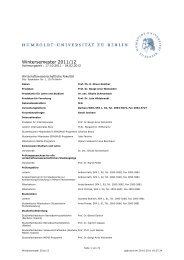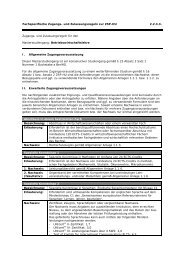Measuring the Effects of a Shock to Monetary Policy - Humboldt ...
Measuring the Effects of a Shock to Monetary Policy - Humboldt ...
Measuring the Effects of a Shock to Monetary Policy - Humboldt ...
You also want an ePaper? Increase the reach of your titles
YUMPU automatically turns print PDFs into web optimized ePapers that Google loves.
Bayesian FAVARs with Agnostic Identification 27<br />
multi move version <strong>of</strong> <strong>the</strong> Gibbs sampler one has <strong>to</strong> prepare <strong>the</strong> model fur<strong>the</strong>r which is<br />
done step by step in <strong>the</strong> following. The multi move Gibbs Sampling, alternately samples<br />
<strong>the</strong> parameters θ and <strong>the</strong> fac<strong>to</strong>rs Ft given <strong>the</strong> data. We use <strong>the</strong> multi move version <strong>of</strong> <strong>the</strong><br />
Gibbs sampler because this approach allows us as, a first step <strong>to</strong> estimate <strong>the</strong> unobserved<br />
common components, namely <strong>the</strong> fac<strong>to</strong>rs via <strong>the</strong> Kalman filtering technique conditional<br />
on <strong>the</strong> given hyperparameters and as a second step calculate <strong>the</strong> hyperparameters <strong>of</strong> <strong>the</strong><br />
model given <strong>the</strong> fac<strong>to</strong>rs via <strong>the</strong> Gibbs sampler in <strong>the</strong> respective blocking 28 .<br />
For <strong>the</strong> state space representation we define X ′<br />
t = (X ′ t, Y ′<br />
t ) , e ′ t = (e ′ t, 0) ′ and F ′<br />
t =<br />
(F ′<br />
t, Y ′<br />
t ). For <strong>the</strong> case that Φ(L) is <strong>of</strong> order one, <strong>the</strong> model can be rewritten as:<br />
with<br />
Λ =<br />
⎡<br />
⎢<br />
⎣ Λf Λy 0 I<br />
Xt = ΛFt + et<br />
Ft = Φ(L)Ft−1 + vt<br />
⎤<br />
⎥<br />
⎦ , R =<br />
⎡<br />
⎢<br />
⎣<br />
R 0<br />
0 0<br />
But in most applications one can expect <strong>the</strong> order <strong>to</strong> be d > 1, so is <strong>the</strong> case in<br />
<strong>the</strong> dataset I analyze. The dataset I analyze is in monthly frequency <strong>the</strong>refore I chose<br />
a lag order <strong>of</strong> 12 for Φ(L). The FAVAR equation has <strong>to</strong> be transformed in<strong>to</strong> a first-<br />
order Markov process, in order <strong>to</strong> be able <strong>to</strong> draw <strong>the</strong> fac<strong>to</strong>rs via Bayesian Kalman<br />
filtering. For that we define Φ(L) = Φ1L+Φ2L 2 +...+ΦdL d , ¯ Ft = (F ′<br />
t, F ′<br />
t−1, ..., F ′<br />
t−1−d) ′<br />
and ¯vt = (vt, 0, ..., 0) ′ . The lag polynomial <strong>of</strong> <strong>the</strong> FAVAR equation in <strong>the</strong> first-order<br />
representation changes <strong>to</strong>:<br />
28 Please note that we always also condition on <strong>the</strong> data due <strong>to</strong> notational convenience it is left out but<br />
is implicitly assumed and not fur<strong>the</strong>r explicitly written<br />
⎤<br />
⎥<br />
⎦ .<br />
(9)<br />
(10)


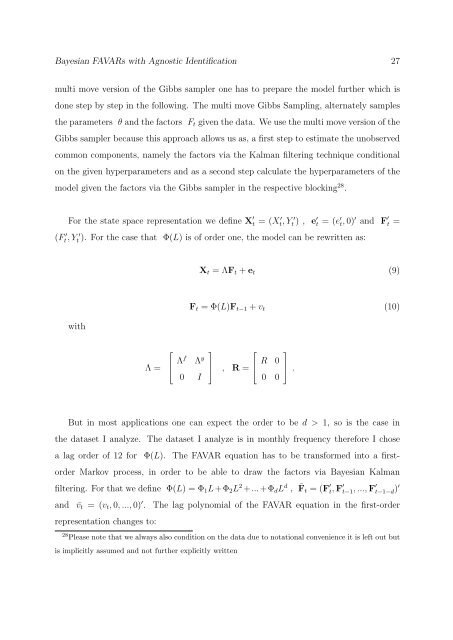

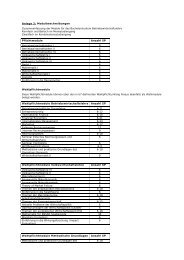

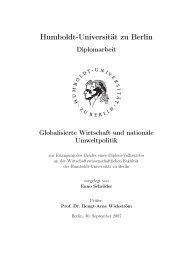
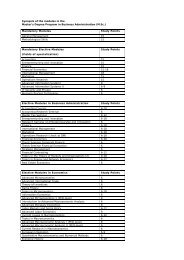
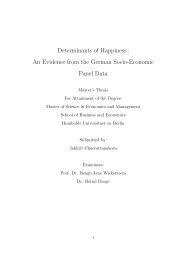
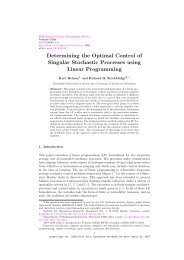
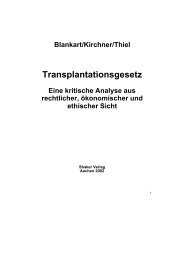


![[Text eingeben] [Text eingeben] Lebenslauf Anna-Maria Schneider](https://img.yumpu.com/16300391/1/184x260/text-eingeben-text-eingeben-lebenslauf-anna-maria-schneider.jpg?quality=85)

